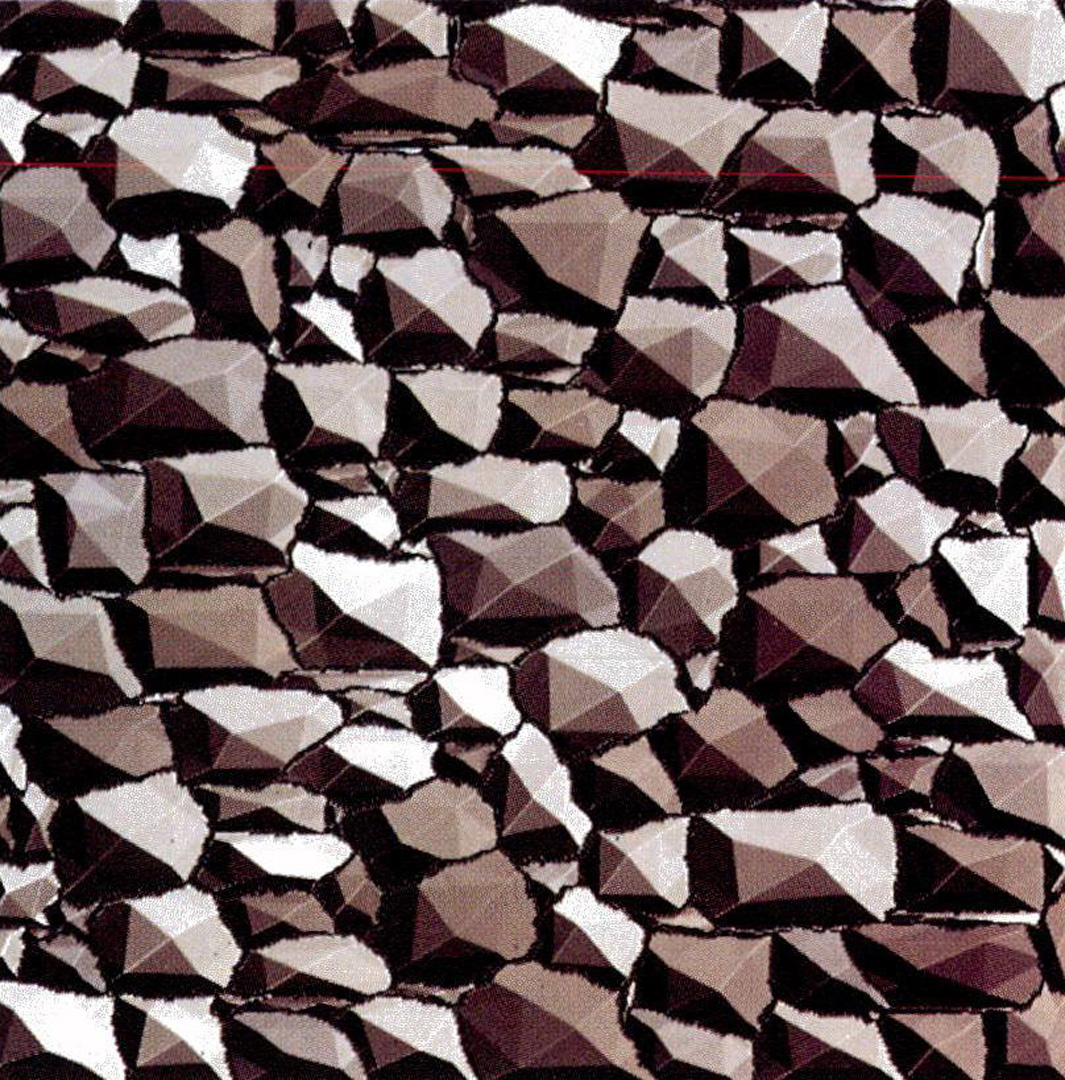“A method of generating stone wall patterns” by Miyata
Conference:
Type(s):
Title:
- A method of generating stone wall patterns
Session/Category Title: Pools, Puddles, Stones, Waterfalls and Fire
Presenter(s)/Author(s):
Moderator(s):
Abstract:
Recently, several kinds of mapping technology, such as texture mapping and bump mapping, have played a very important role in the realization of more realistic image synthesis. The textures to be mapped are often obtained by using an optical scanner or a video camera. However, it is not easy to obtain a suitable image by taking a photo. We consider it very important to be able to generate a variety of textures and patterns easily according to the requirements. This paper proposes a new method of generating stone wall patterns as a specific case of a generalized texture generator. The advantage of the method is that it allows the user to generate a variety of stone wall patterns by specifying a few simple parameters. We have applied it to a visual simulation system in order to represent such stone textures as walls, pavements, and steps. This paper also gives some examples of its applications.
References:
1. M.F. Cohen, S. E. Chen, J. R. Wallance, and D. P. Greenberg, “A Progressive Refinement Approach to Fast Radiosity image Generation,” Computer Graphics, Vol. 22, No. 4, pp. 75-84, 1988.
2. J. Weil, “The Synthesis of Cloth Objects,” Computer Graphics, Vol. 20, No. 4, pp. 49-54, 1986.
3. P. Prusinkiewicz, A. Lindenmayer, and J. Hanan, “Developmental Models of Herbaceous Plants for Computer Imagery Purposes,” Computer Graphics, Vol. 22, No. 4, pp. 141-150, 1988.
4. G. Y. Gardner, “Visual Simulation of Clouds,” Computer Graphics, Vol. 19, No. 3, pp. 297-303, 1985.
5. A. Fournier, “A simple model of ocean waves,” Computer Graphics, Vol. 20, No. 4, pp. 75-84, 1986.
6. J.T. Kajiya and T. L. Kay, “Rendering Fur with Three Dimensional Texture,” Computer Graphics, Vol. 23, No. 3, pp. 271-280, 1989.
7. C. I. Yessios, “Computer Drafting of Stones, Wood, Plant and Ground Materials,” Computer Graphics, Vol. t3, No. 2, pp. t90-I 98, 1979.
8. L. Mezei, M. Puzin, and P. Conroy, “Simulation of Patterns of Nature by Computer Graphics,” Information Processing 74, pp. 861-865, 1974.
9. J. P. Lewis, “Texture Synthesis for Digital Painting,u Computer Graphics, Vol. 18, No. 3, pp. 245-251, 1984.
10. S. Haruyama and B. A. Barsky, “Using Stochastic Modeling for Texture Generation,” IEEE CG&A, pp. 7-19, Mar. 1984.
11. K. Perlin, “An Image Synthesizer,” Computer Graphics, Vol. 19, No. 3, pp. 287-296, 1985.
12. K. Perlin and E. M. Hoffert, “Hypertexture,” Computer Graphics, Vol. 23, No. 3, pp. 253-262, 1989.
13. J.P. Lewis, “Algorithms for Solid Noise Synthesis,” Computer Graphics, VoI. 23, No. 3, pp. 263-270, 1989.
14. B. B. Mandelbrot, “Fractals Form, Chance, and Dimension,” Freemann, San Fransisco, 1977.
15. A. Fournier, D. Fussel, and L. Carpenter, “Computer Rendering of Stochastic Models,” Communications of ACM, Vol. 25, No. 6, pp. 371-384, 1982.





